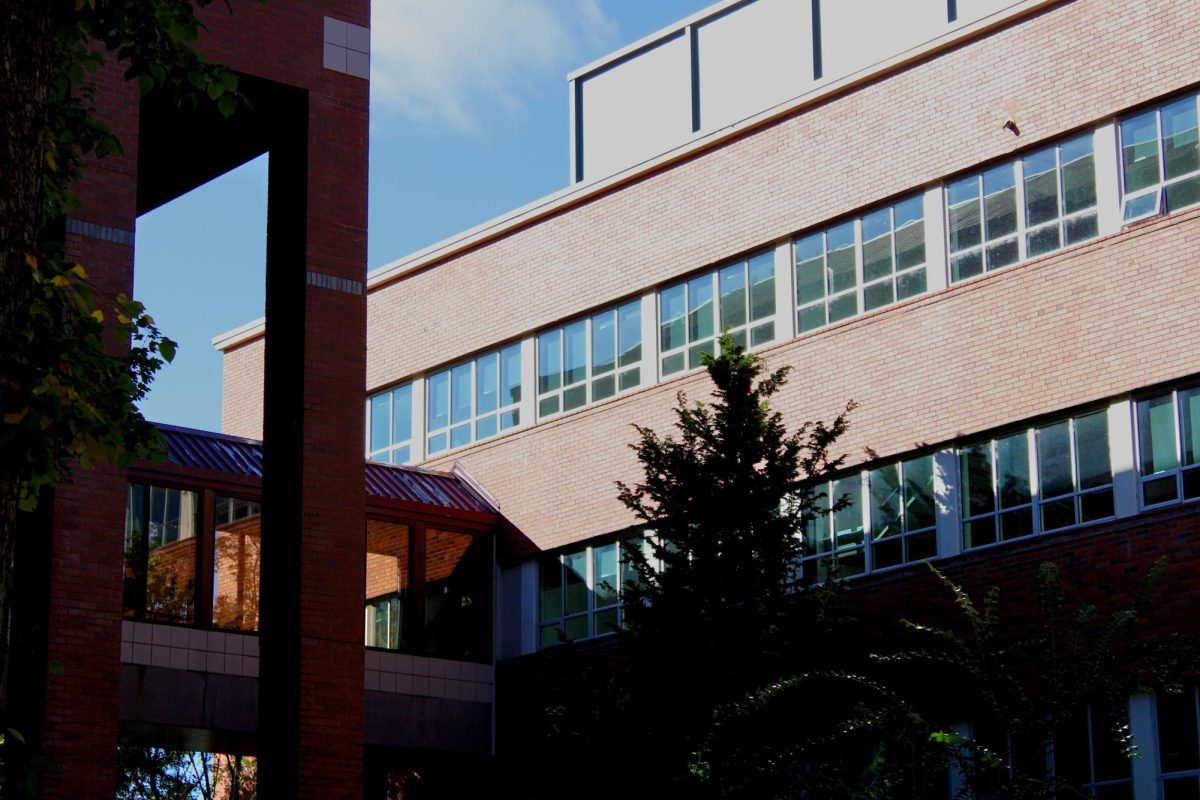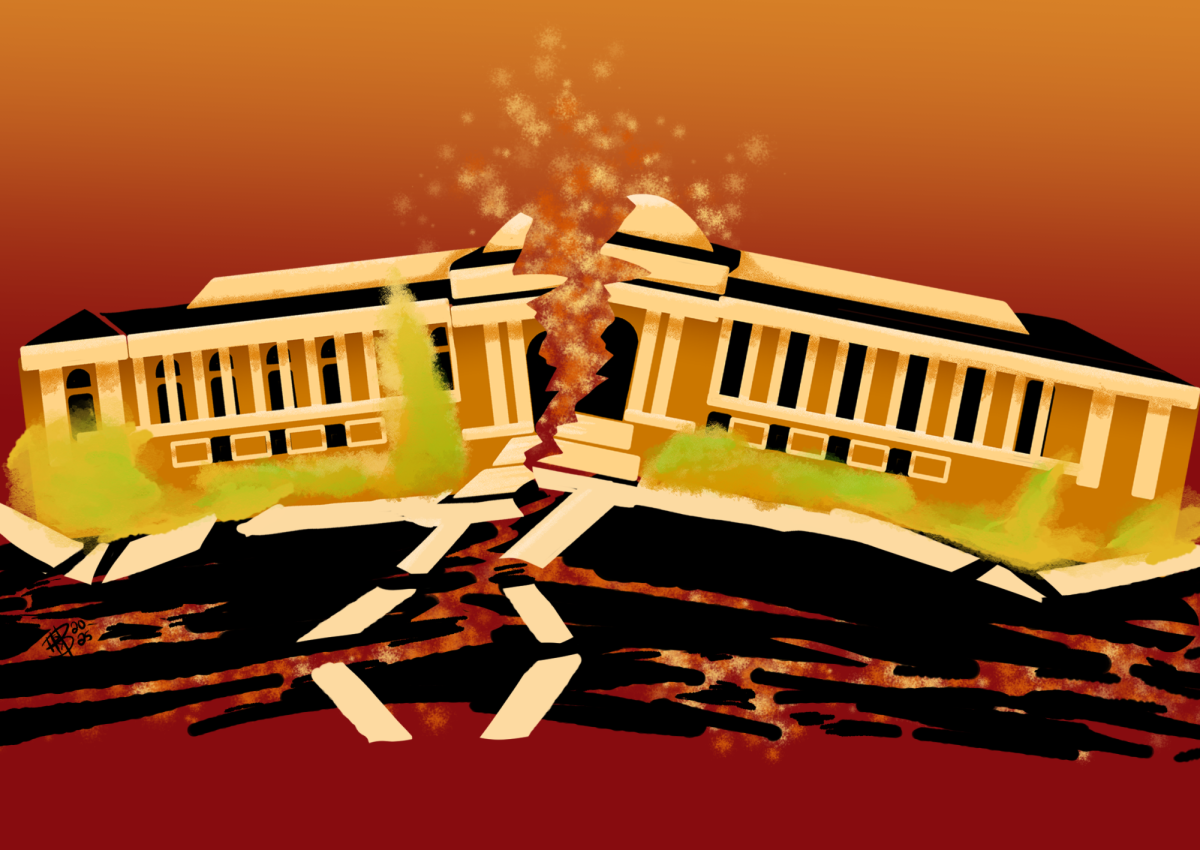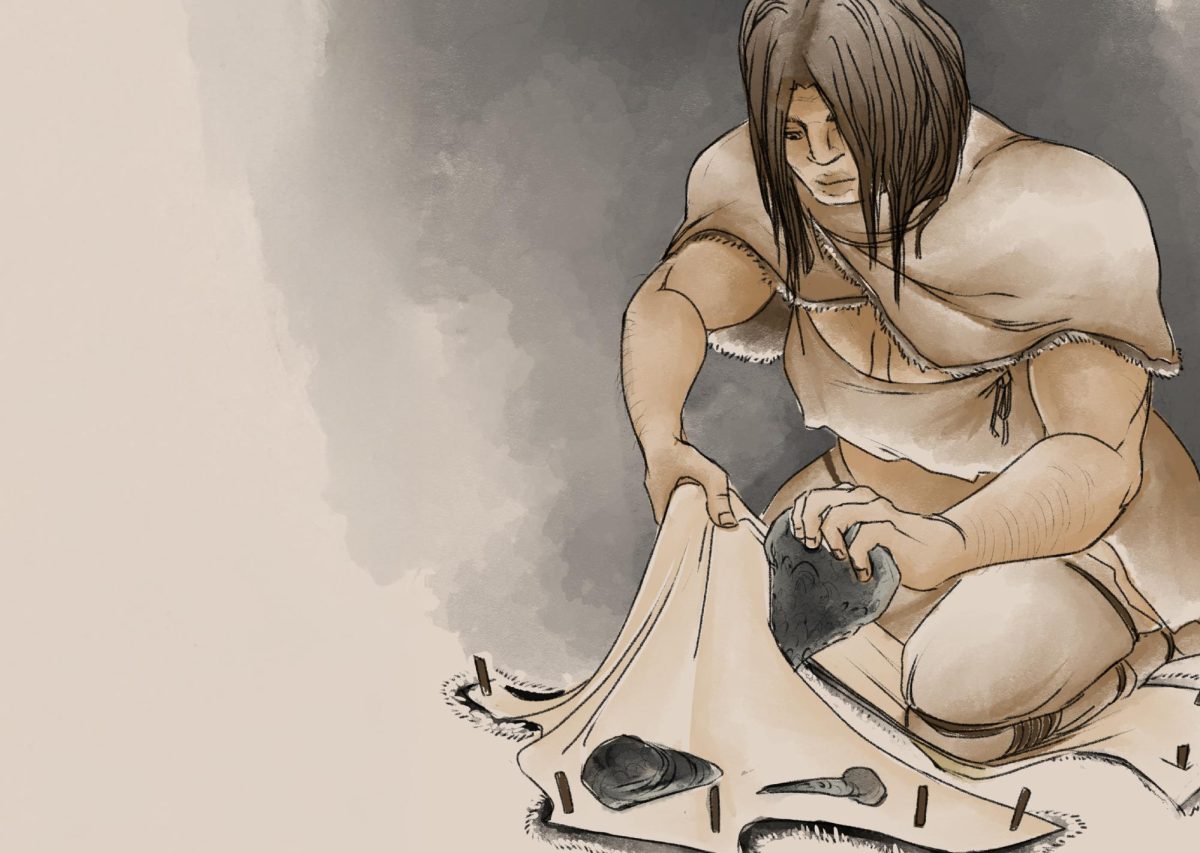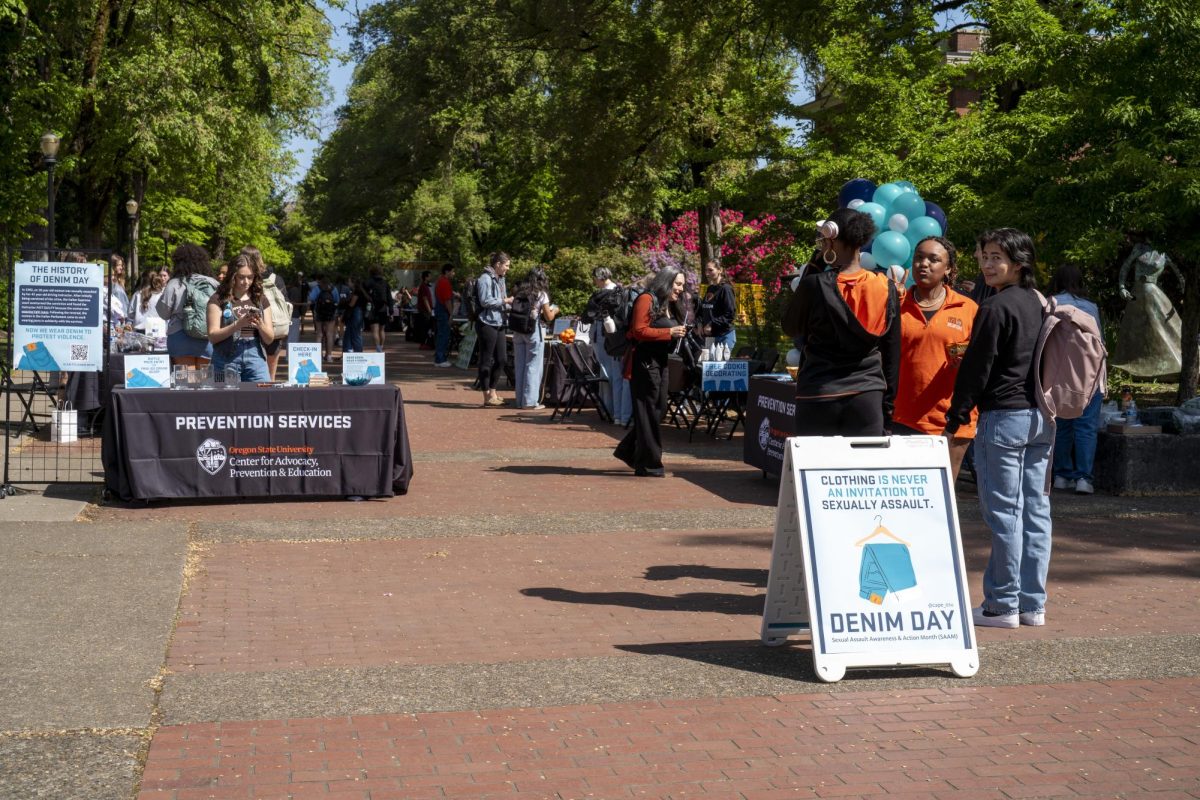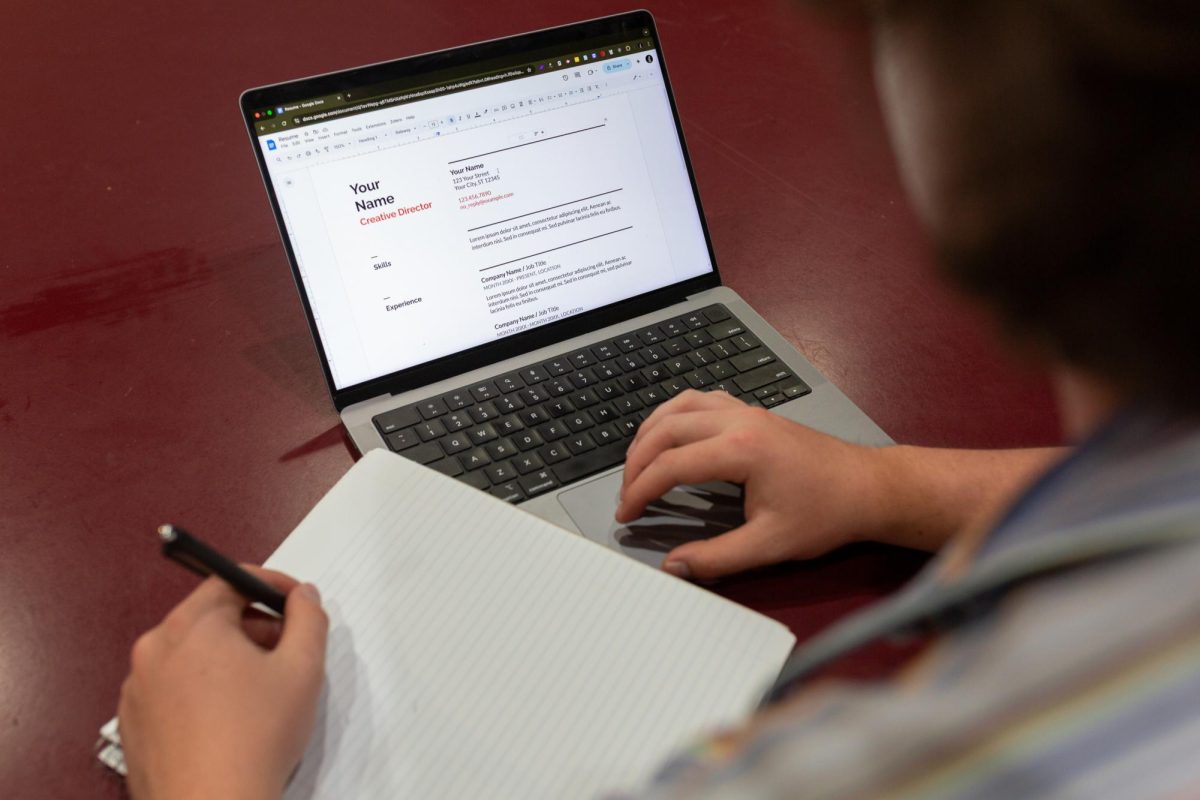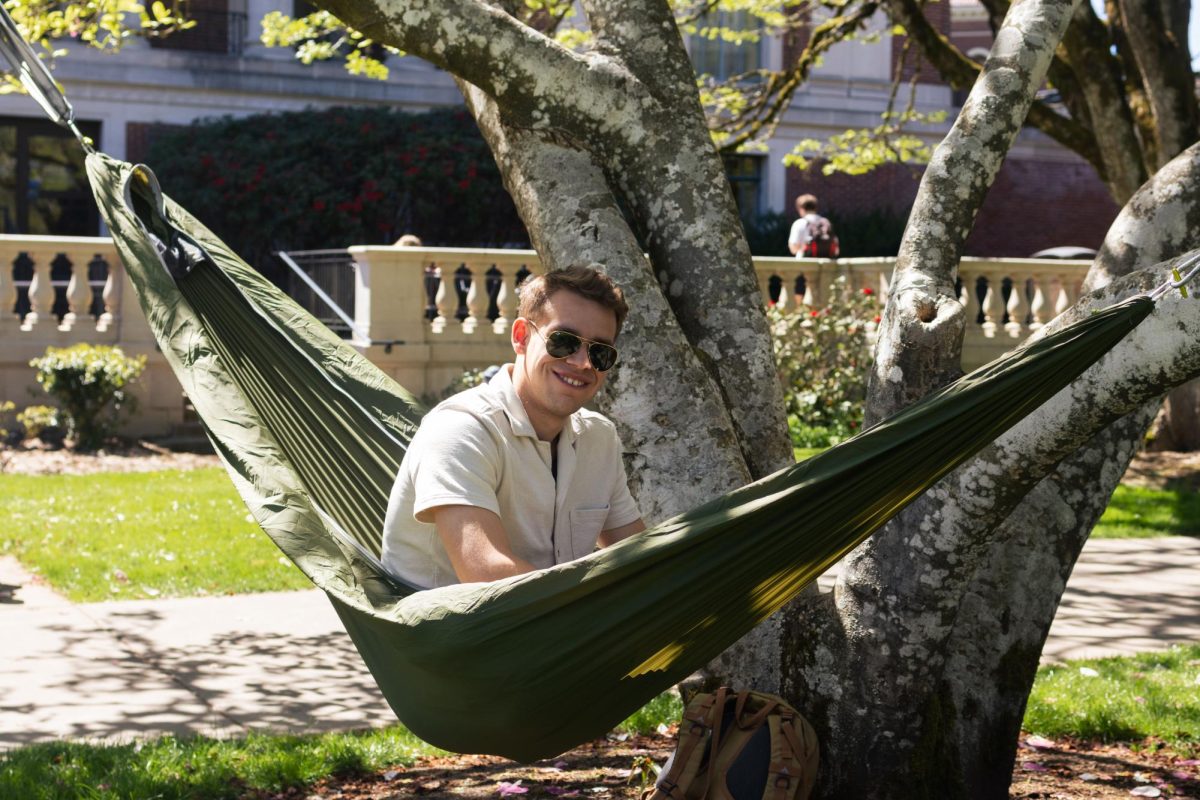There is treasure awaiting you on campus through the activity called geocaching.
Geocaching, known as “the world’s largest treasure hunt” as stated on their website, is an interactive hunt to find hidden treasures and containers around the world called geocaches.
While geocaches may be placed all over, there are many right here on Oregon State University’s campus and throughout Corvallis.
Geocache treasures typically contain items ranging from a logbook, pens and trinkets. Some even have geocoins and other trackable items.
These treasures can be in a box at the exact location or hidden in trees and bushes. Placed and set up by various local community members, geocaching is an ongoing tradition and hobby for many people around the world.
Geocaching has evolved a lot since its start in 2000, with its origins right here in Oregon.
Originally going by the name “geostashing” it was created to reinvent the hobby of letterboxing using GPS and the internet.
So how do you do it?
Originally geocaching had to be done through a GPS device where you place in coordinates and get direction that will lead you to the hidden trinkets.
Nowadays, geocache enthusiasts often use Geocaching, the geocache app. The app provides an interactive map where you can see geocaches near you and locate the coordinates.
By clicking on the geocache you want to find through the app, a profile will come up of the geocache. Here, you can read the description, see how many people logged it, what attributes it has and also access a hint if you are struggling to find it during your journey.
On the profile page of the app by clicking “navigate” the app will lead you to the exact coordinates of the geocache.
Each geocache is set up by local community members, giving them free creative freedom to choose a name and location. Some directions to the geocache may even call for interactive elements like asking for passwords from people or solving puzzles.
One geocache located on the northeast end of campus is named the “Pharaoh’s Sarcophagus.”
Part of the apps description leading you to the treasure states, “The Pharaoh’s Sarcophagus geocache is hidden inside the Pyramid (structure). The rest of the journey will need to be performed without your GPS, as modern technology is forbidden in this mystical place.”
When you find a geocache you have an opportunity to either log it and leave it, or you can also replace the geocache with a new trinket.
“I felt a little nervous about making my request, but decided to just go for it and I was not disappointed!” commented Geocache app user under the name “Frisky Biscuity,” when logging their find in May 2023.
Logs give you an opportunity to comment on the website or the app and even share a photo or two, without spoiling the journey of how to find the treasure. There are also various webcams placed around giving geocachers an opportunity to log a photo of them on the hunt.
A popular one is located on campus behind the library quad under the name “Duck, It’s a Beaver.” The description from the app states “find the library and the bell tower then walk towards the computer lab.”
More information on individual geocaches and webcam coordinates can be found either through the app called Geocaching or on https://www.geocaching.com/play.

